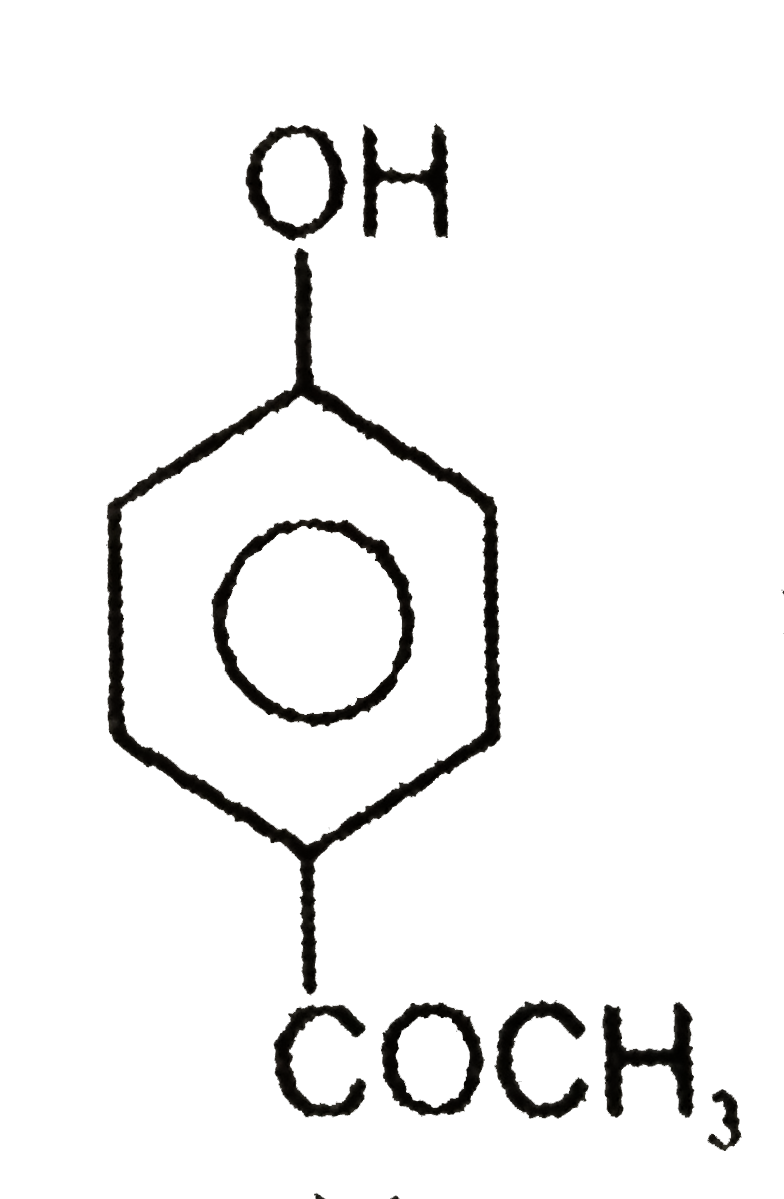Correct statements about transition metals are that they:
form complex
show variable oxidation states
show magnetic properties
do not from coloured compounds
The correct Answer is:ABC
To determine which statements about transition metals are correct, we will analyze each statement one by one.
Step 1: Analyze the statement "Transition metals form complexes."
- Explanation: Transition metals can form complexes due to the presence of vacant d orbitals. These vacant d orbitals allow transition metals to coordinate with ligands, which can donate electron pairs to the metal.
- Conclusion: This statement is correct.
Step 2: Analyze the statement "Transition metals show variable oxidation states."
- Explanation: Transition metals exhibit variable oxidation states because they can lose different numbers of electrons from their d and s orbitals. For example, manganese (Mn) can have oxidation states of +2, +4, +6, and +7 due to the loss of electrons from its 3d and 4s orbitals.
- Conclusion: This statement is correct.
Step 3: Analyze the statement "Transition metals show magnetic properties."
- Explanation: Transition metals can exhibit magnetic properties, particularly paramagnetism, due to the presence of unpaired electrons in their d orbitals. The unpaired electrons contribute to a net magnetic moment, making the metal paramagnetic.
- Conclusion: This statement is correct.
Step 4: Analyze the statement "Transition metals do not form colored compounds."
- Explanation: This statement is incorrect. Transition metals often form colored compounds due to d-d transitions, where electrons in the d orbitals absorb specific wavelengths of light when they are excited to higher energy levels. The presence of unpaired electrons contributes to this phenomenon.
- Conclusion: This statement is incorrect.
Final Summary:
- The correct statements about transition metals are:
1. They form complexes.
2. They show variable oxidation states.
3. They show magnetic properties.
- The incorrect statement is that they do not form colored compounds.
- Explanation: Transition metals can form complexes due to the presence of vacant d orbitals. These vacant d orbitals allow transition metals to coordinate with ligands, which can donate electron pairs to the metal.
- Conclusion: This statement is correct.
- Explanation: Transition metals exhibit variable oxidation states because they can lose different numbers of electrons from their d and s orbitals. For example, manganese (Mn) can have oxidation states of +2, +4, +6, and +7 due to the loss of electrons from its 3d and 4s orbitals.
- Conclusion: This statement is correct.
- Explanation: Transition metals can exhibit magnetic properties, particularly paramagnetism, due to the presence of unpaired electrons in their d orbitals. The unpaired electrons contribute to a net magnetic moment, making the metal paramagnetic.
- Conclusion: This statement is correct.
- Explanation: This statement is incorrect. Transition metals often form colored compounds due to d-d transitions, where electrons in the d orbitals absorb specific wavelengths of light when they are excited to higher energy levels. The presence of unpaired electrons contributes to this phenomenon.
- Conclusion: This statement is incorrect.
- The correct statements about transition metals are:
1. They form complexes.
2. They show variable oxidation states.
3. They show magnetic properties.
- The incorrect statement is that they do not form colored compounds.
Topper's Solved these Questions
- D BLOCK ELEMENTSBook:RESONANCE ENGLISHChapter:D BLOCK ELEMENTSExercise:EXERCISE-2 PART-IV
Explore 7 Videos
- D BLOCK ELEMENTSBook:RESONANCE ENGLISHChapter:D BLOCK ELEMENTSExercise:EXERCISE-3 PART-I
Explore 15 Videos
- D BLOCK ELEMENTSBook:RESONANCE ENGLISHChapter:D BLOCK ELEMENTSExercise:EXERCISE-2 PART-I
Explore 27 Videos
- D & F BLOCK ELEMENTSBook:RESONANCE ENGLISHChapter:D & F BLOCK ELEMENTSExercise:ORGANIC CHEMISTRY(Aldehydes , Ketones, Carboxylic acid)
Explore 15 Videos
- DPPBook:RESONANCE ENGLISHChapter:DPPExercise:QUESTIONS
Explore 368 Videos
Similar Questions
Knowledge Check

Correct statement about above reaction is:AA =cis-2-chlorocyclohexanol,BA = trans-2-chloro cyclohexanol,CA = trans-2-chlorocyclohexanol,DA = cis-2-chlorocyclohexanol,
Correct statements (s) about
 is /are
is /are
View SolutionCorrect statements (s) about
 is /are
is /are
View Solution
The correct statement about F is
View SolutionThe correct statements about anomers are
View SolutionTransition metals are not characterized by:
View SolutionThe correct statement about stomata is
View SolutionCorrect statement about dipole moment is :-
View Solution

